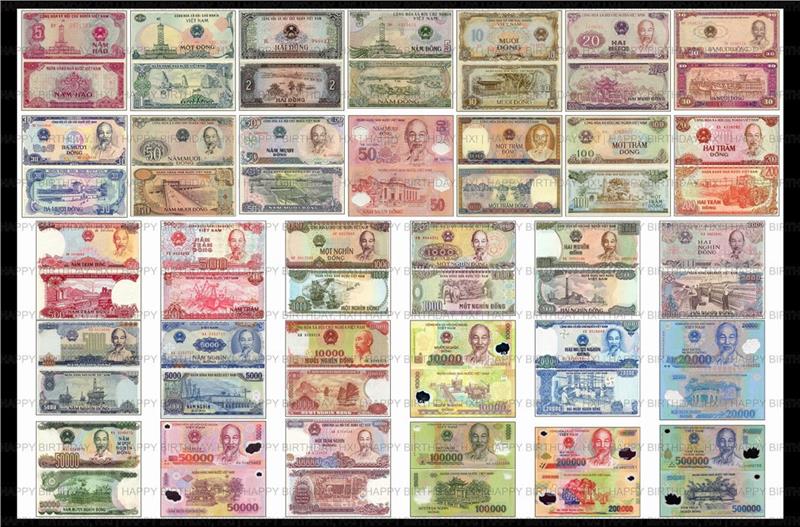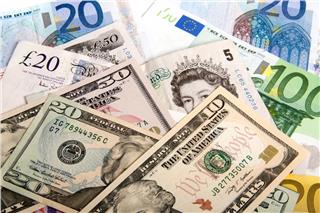Vietnam dong is the official unit of Vietnam currency. Vietnam currency is issued by State Bank of Vietnam. Currently, Vietnamese people use mostly banknotes in methods of payment. These banknotes are made of polymer.
Vietnam currency was firstly issued in the mid-10th century under the dynasty of Dinh Bo Linh. In feudal time, each Vietnamese kings issued different types of currency. Many times, each time changing reign, the king issued a new currency. Banknotes appeared in Vietnam in 1396 quite early compared to the world. Many ancient coins are some materials of archeology, but they have not been verified. Vietnam coin and banknotes also reflect history of Vietnam through form and patterns on coins and banknotes. Ancient coins of Vietnam were molded by metals to form a round shape with a square hole in the center.
Vietnam Currency history
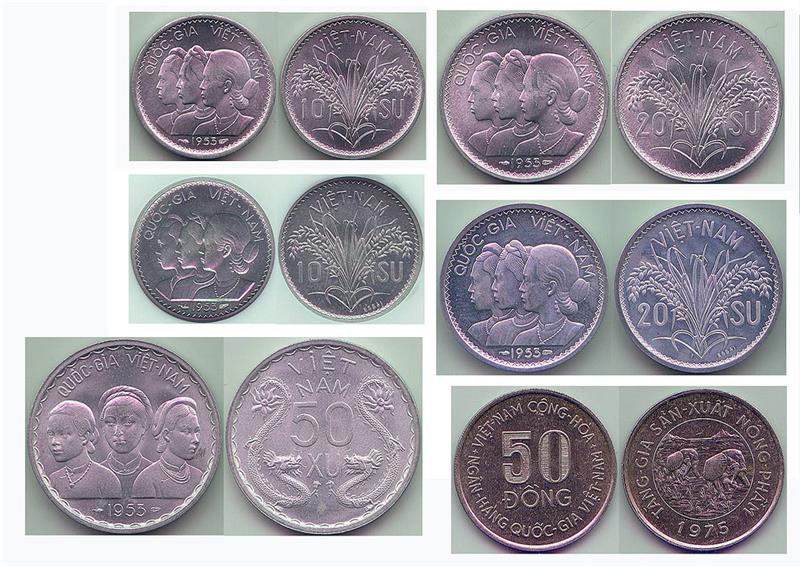
Vietnam currency history underwent many historical periods. When Vietnam was a part of the French Indochina, currency of the whole Indochina was piastre (means “dong” in Vietnamese). However, currency of Nguyen Dynasty was still issued in the countryside illegally. Banknotes in this period issued by Indochina Bank could be exchange in banks to get silver. From 1945 to 1954, after the formation of the Democratic Republic of Vietnam, Ho Chi Minh President signed to issued currency of the Democratic Republic of Vietnam. On November 31 in 1946, banknotes of the government came into being. At that time, banknotes had par values of 1 dong, 10 dong, 20 dong, 50 dong, 100 dong, 200 dong, 500 dong, 1000 dong, and 5000 dong. Nevertheless, owing to the difficulty in contact between localities and centers, Vietnamese central government approved authorities in Central and Southern Vietnam to issue their own currency. From 1954 to 1975, Vietnamese currency divided into two different types used in Northern Vietnam and Southern Vietnam. After the withdrawal of France in Vietnam, North and South of Vietnam had two different regimes, each of which issued a different currency, commonly called “dong” but different in form. In recent year, State Bank of Vietnam issues some types of coin with low par value, along with issuing new banknotes made of cotton and polymer.
Vietnam Dong
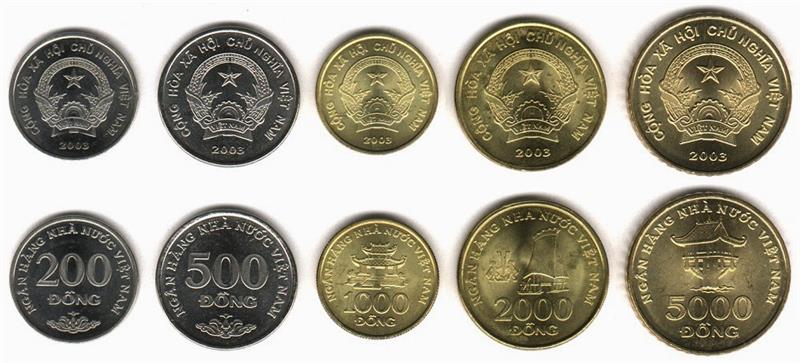
Vietnamese Dong (VND) is issued by the State Bank of Vietnam. Its symbol is “d” and its code is VND according to the international code ISO 4217. One “dong” is equivalent to 100 cents or 10 dimes. Two unit cent and dime are so minor that they are no longer issued. Paper money or banknote issued nowadays has the face values of 500d, 1000d, 2000d, 5000d, 10,000d, 20,000d, 50,000d, 100,000d, 200,000d and 500,000d. Simultaneously, the State Bank of Vietnam also issues coins in denominations of 200d, 500d, 1000d, 2000d and 5000d. This kind of money is previously known as “Uncle Ho currency” because it is carved with Ho Chi Minh’s portrait on one side. Under the policy on currency of Vietnam, banknote and coin are unlimited and legal means of payment. This means people are forced to accept paper money as well as coin when they are used to pay for a debt or fee in VND.
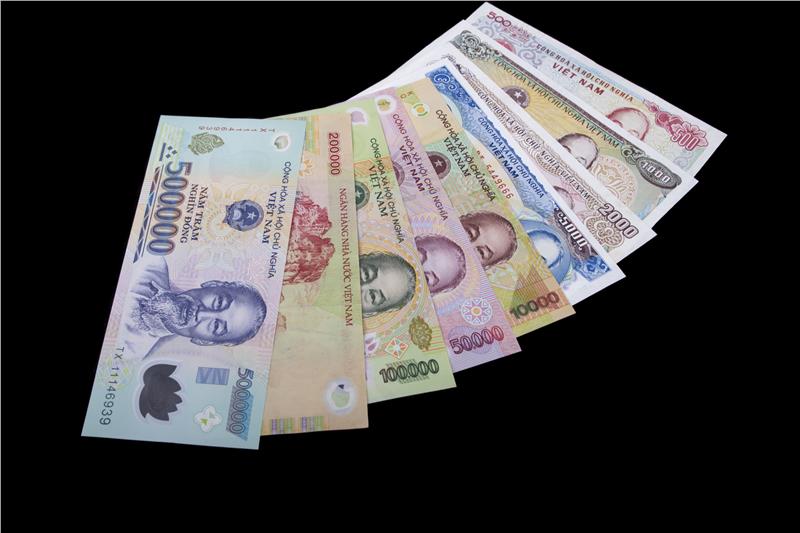
Although State Bank of Vietnam issued coins with low par values, currently, they are not widely used due to its inconvenience and values. Coins are used mainly in vending machines at public areas. In the past, the North and the South of Vietnam have used different currency due to the separation of the war. After Vietnam was reunified, the VND was unified as well. On May 3, 1978, the first Vietnamese currency was introduced to the public in the form of aluminum coin and banknote. Vietnamese paper money has gone through several changes to reach the form of plastic polymer banknotes as nowadays. Currently, the State Bank of Vietnam is implementing the policy on managing exchange rate towards floating under control. Within years, Vietnam dong has relatively stable rate compared to US dollar because of the policy of Vietnamese government which only permit the discount about 1% a year.
Vietnam currency exchange rate
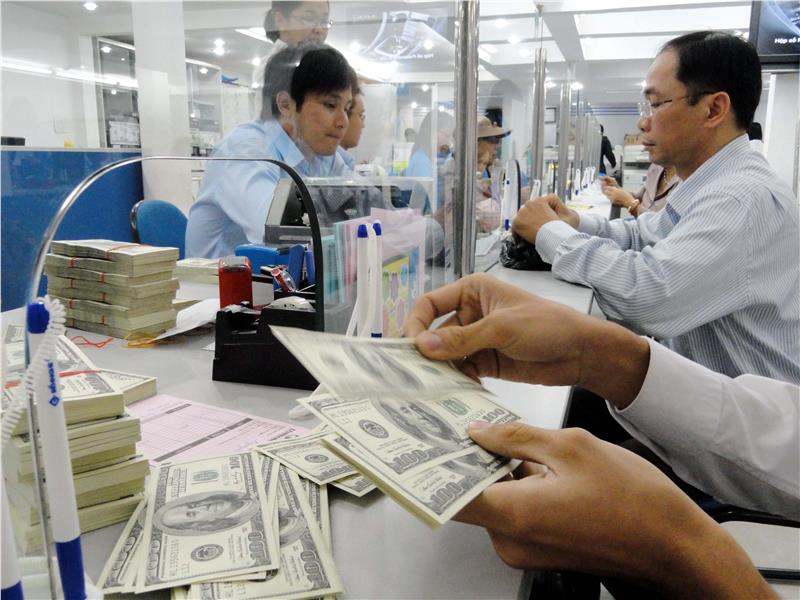
At present, State Bank of Vietnam (SBV) is implementing controllable policy on exchange rate management. In recent three years (from 2003 to 2005), Vietnamese currency has stable exchange rate to US dollar due to the policy of SBV. However, the ability of Vietnam currency converter is relatively weak. Thus, Vietnam currency has not been international currency yet. State Bank of Vietnam is conducting methods to upgrade the capability of Vietnam currency exchange through increasing the proportion of exports by USD payment. As to January 29 in 2014, the exchange rate between Vietnam dong and US dollar is 1:21.036, 00.
